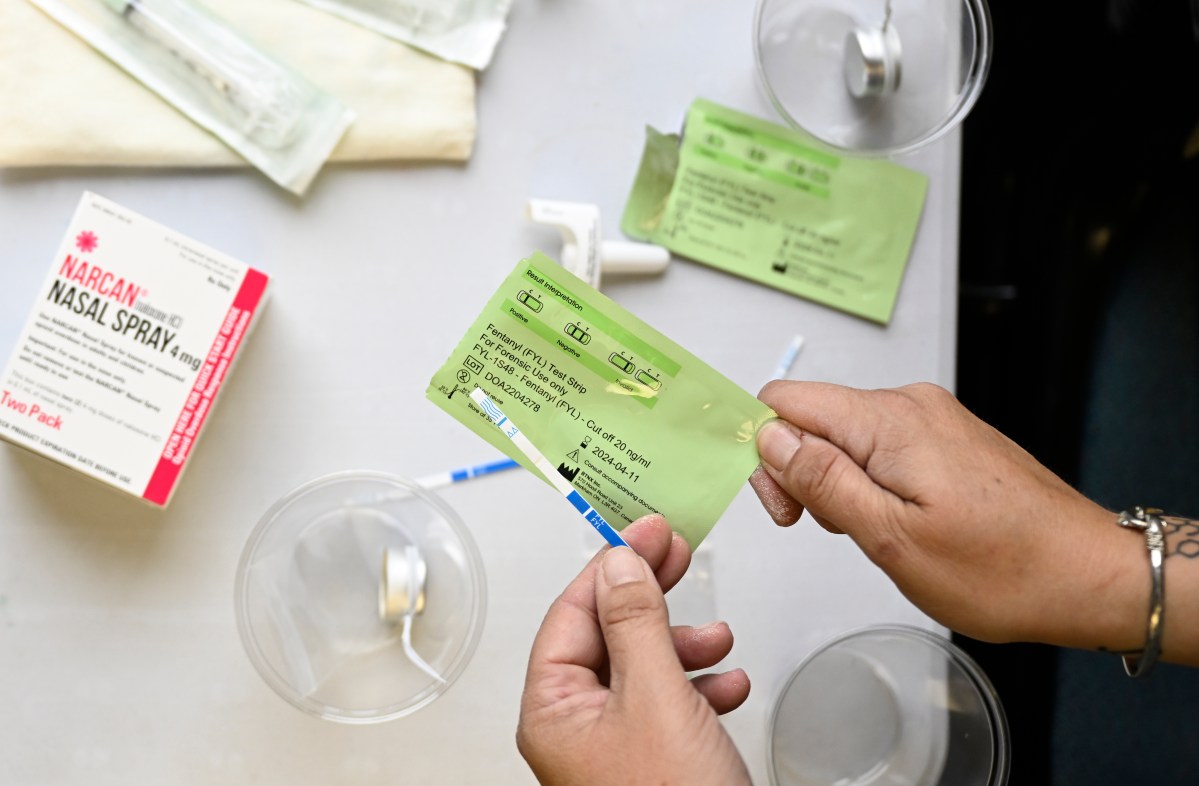In the winter months, it’s tempting to forgo all health efforts (physical or mental) and give in to sloth-like inactivity — binge watching, eating too much, drinking too much, skipping workouts — and leaning into a sedentary, indoor existence. “I’ll feel better when the sun comes out,” we tell ourselves; and with a GD nor’easter set to hit the day before the alleged official first day of spring (Tuesday, March 20), who can deny us our seasonal depression? And yet, keeping active, eating healthy and getting enough sleep is how to fight the winter gloom. Which brings us to Vitamin D: You can’t entirely blame the abscence of sun for your lack of the “sunshine vitamin.” Here’s how you can make sure you’re getting enough Vitamin D, even if Mr. Yellowface is nowhere in sight.
Why we need Vitamin D
Vitamin D has several health benefits. It helps your bones absorb calcium, preventing dental problems and conditions like osteoporosis; it’s vital for muscle health and promotes new cell growth; it regulates your immune system and can ward off depressive symptoms; it decreases the risk of diabetes, heart disease, and certain cancers, such as breast, pancreatic and prostate. In short, it’s vital to the health of multiple bodily systems and our general wellbeing.
How much we need
We do get most of our Vitamin D from the sun, and it doesn’t take much time basking in the light to get what we need — 10-15 minutes can be sufficient. But when we don’t have access to suntime, we have to make sure we’re getting enough from other sources. The recommended daily intake of Vitamin D is 400 international units (IU) for kids, 600 IU for adults and 800 IU daily for seniors. Daily intake should not exceed 4,000 IU a day for adults, 3,000 IU for kids.
How to get it from your diet
Dairy products (milk, egg yolks and cheese), fatty fish (tuna, mackerel, salmon, cod liver oil), and Vitamin D-fortified orange juice and fortified cereals are all Vitamin-D rich sources. According to the National Institutes of Health, a 3-ounce sockeye salmon is 450 IU, while an 8-oz glass of fortified milk, and fortified orange juice, each contain an easy 100 IU. An egg yolk gets you close to 50 IU, while a cup of fortified cereal (like multi-grain Cheerios) or oatmeal is roughly 40 IU.
Supplements
If you need a little help, you can find an over-the-counter Vitamin D supplement, but be careful about dosage, as some contain as much as 2,000 IU of Vitamin D per pill. Consult with your doctor before you supplement to make sure you don’t exceed the safe daily intake.

























